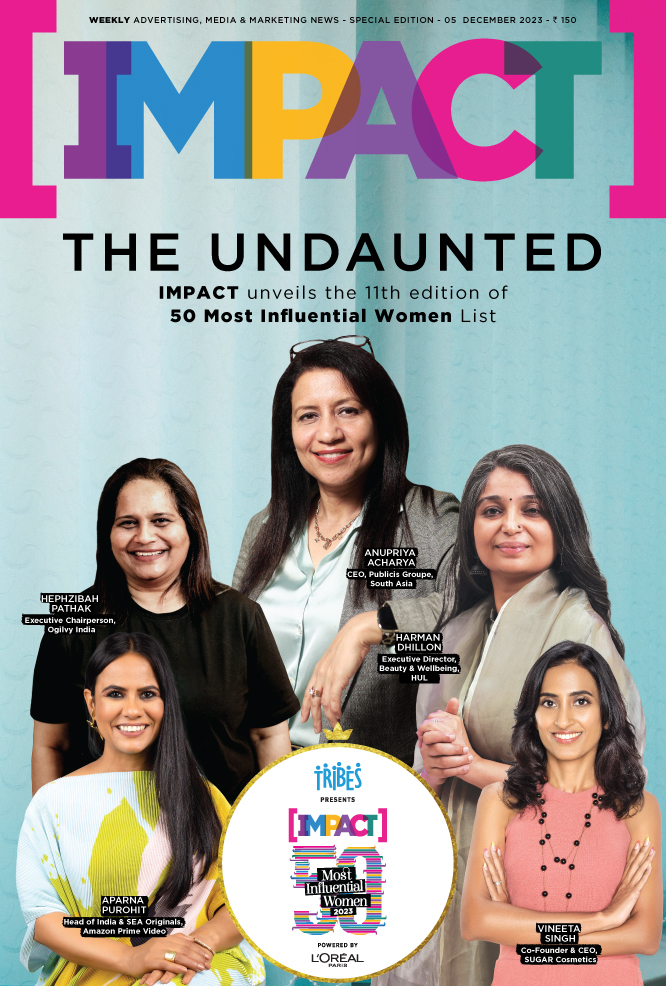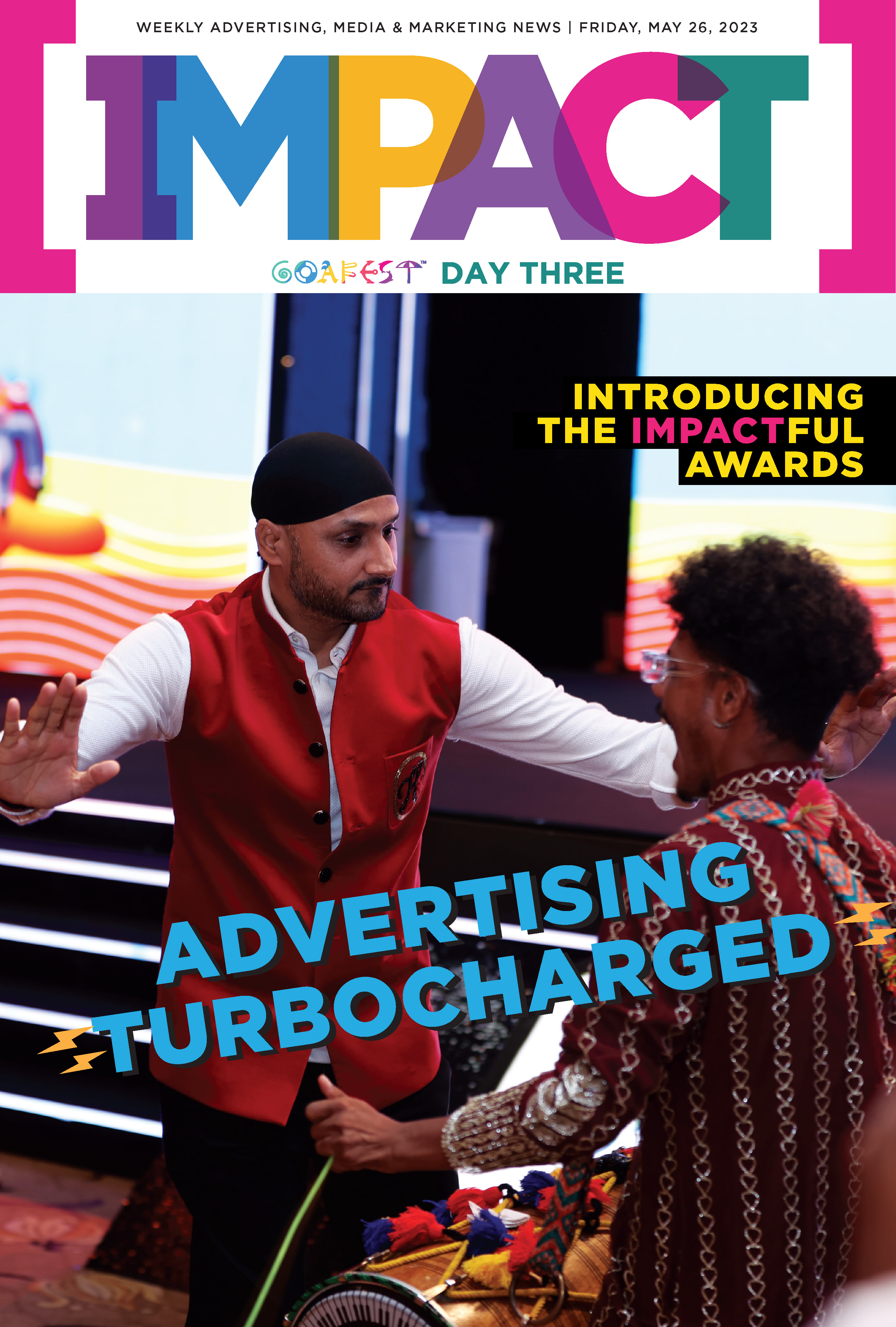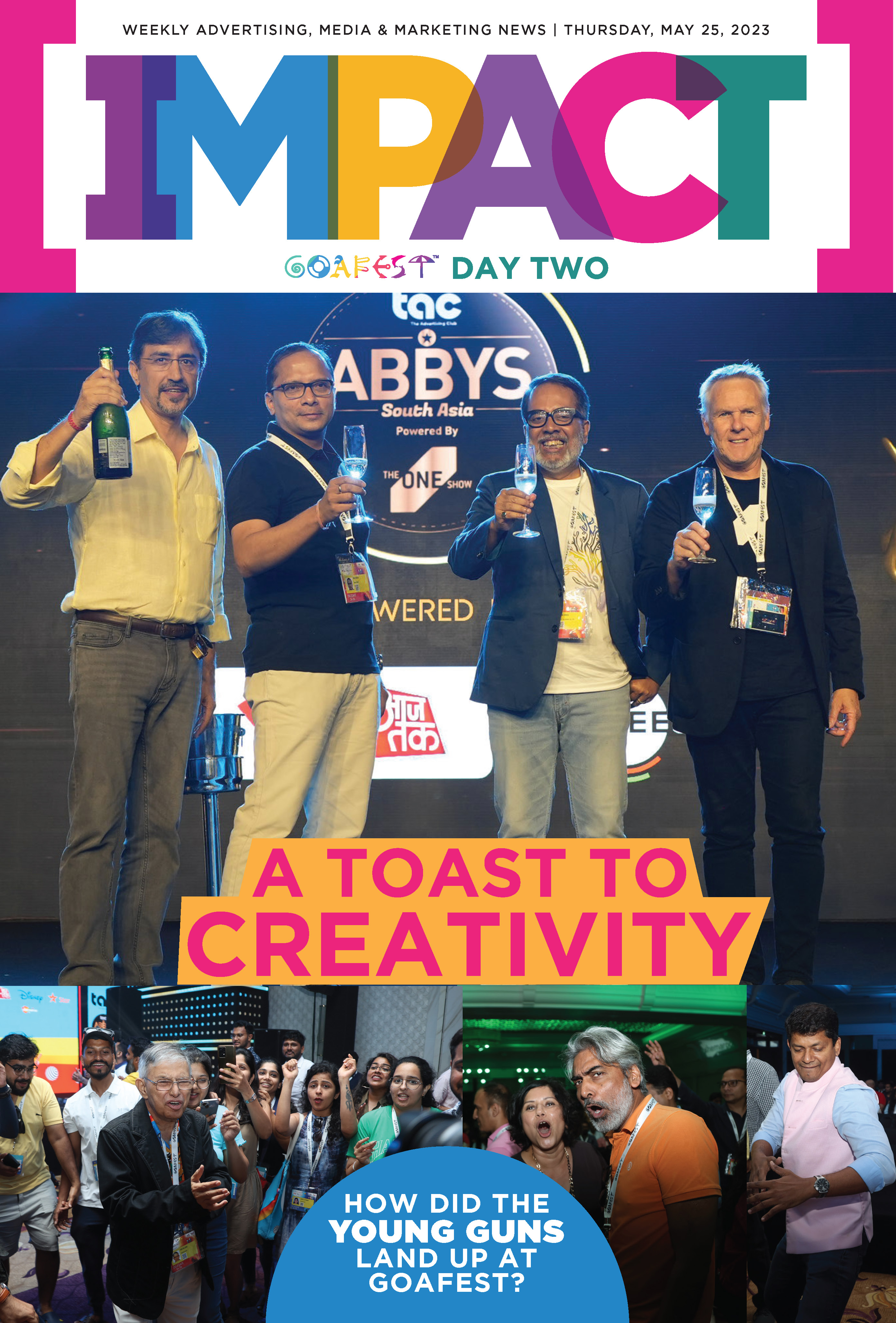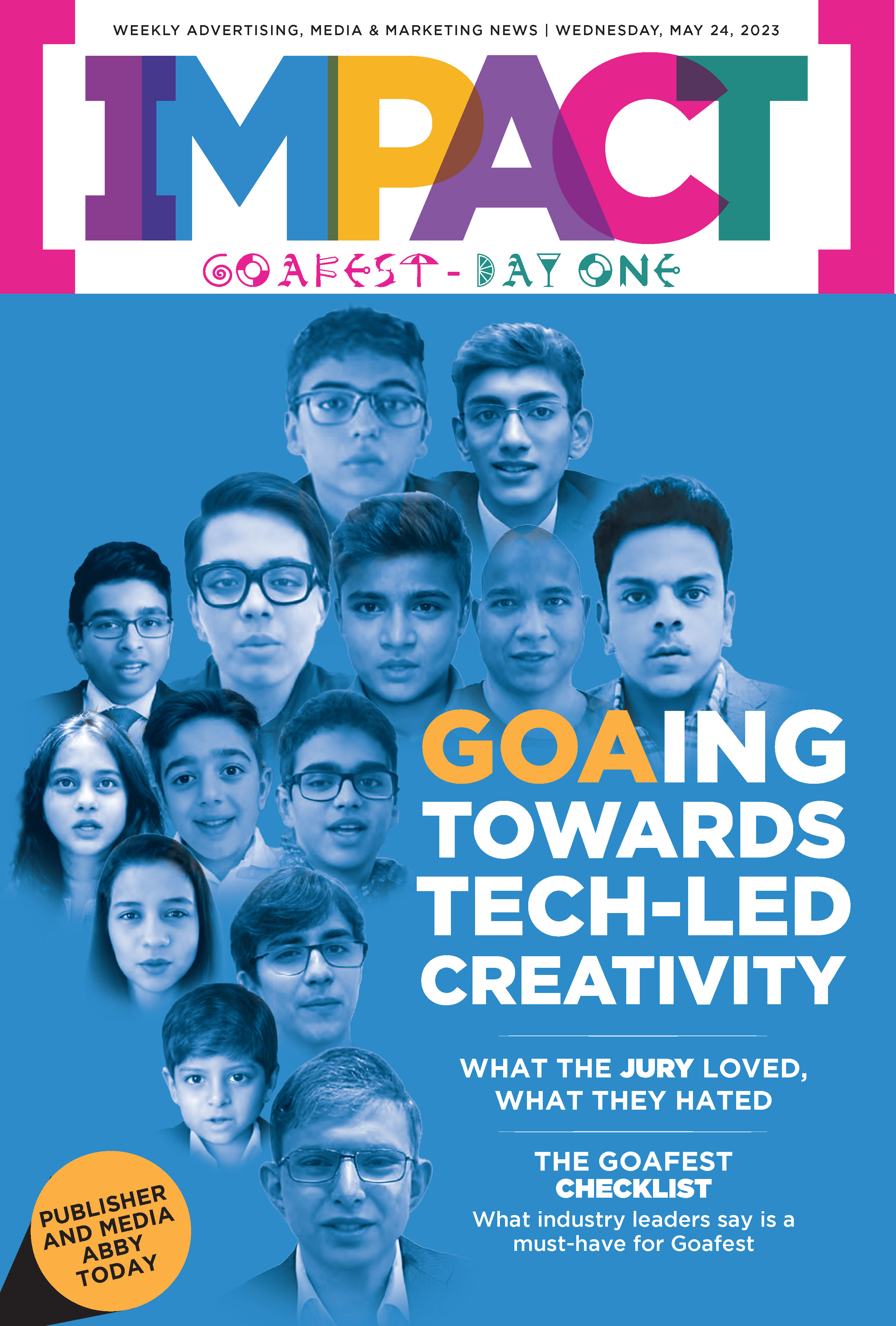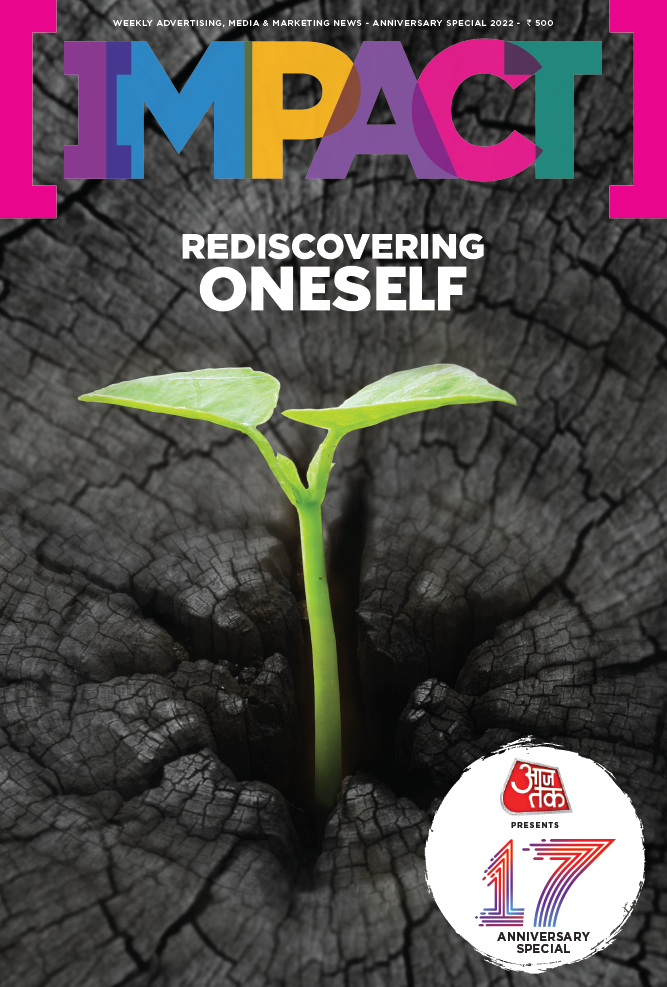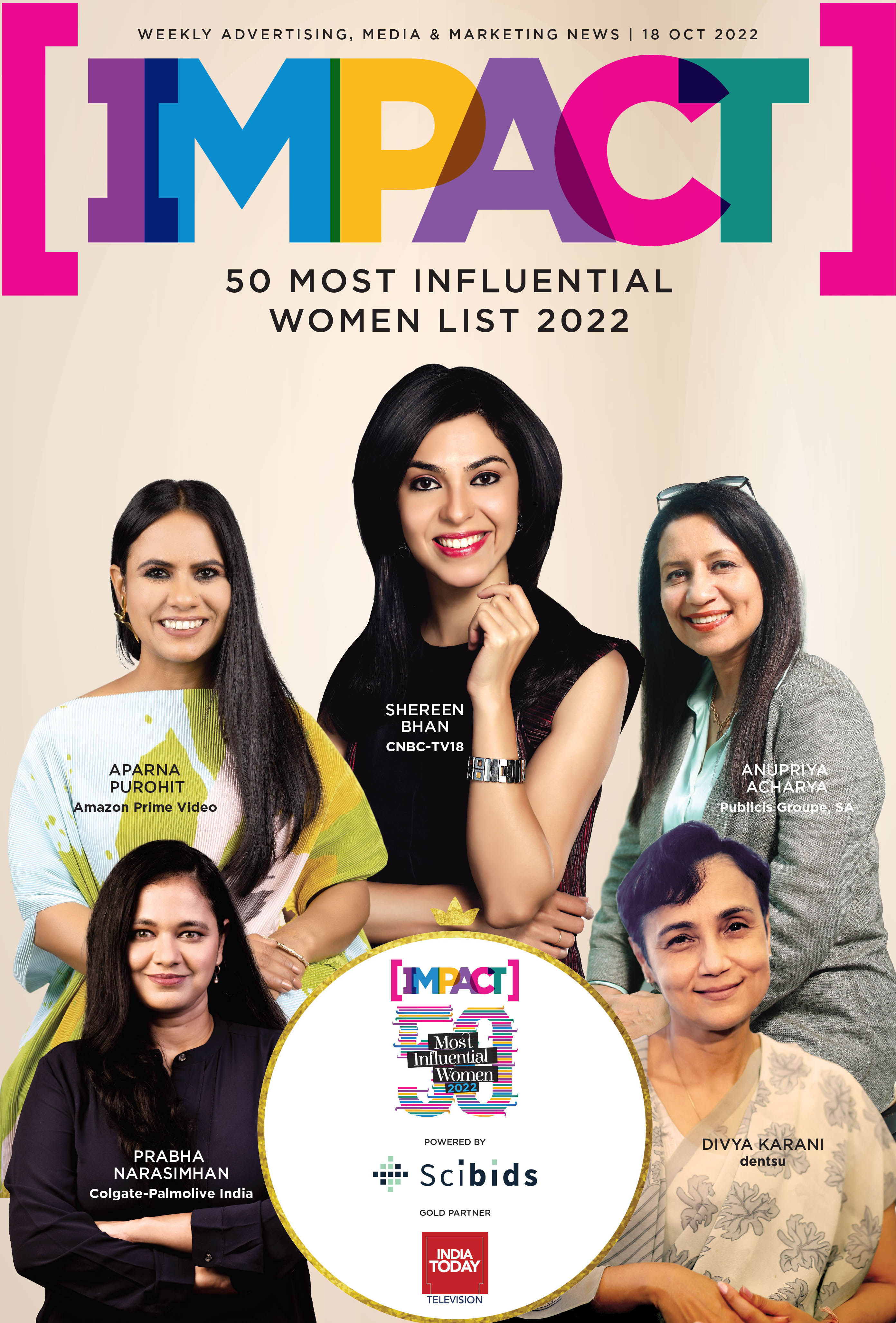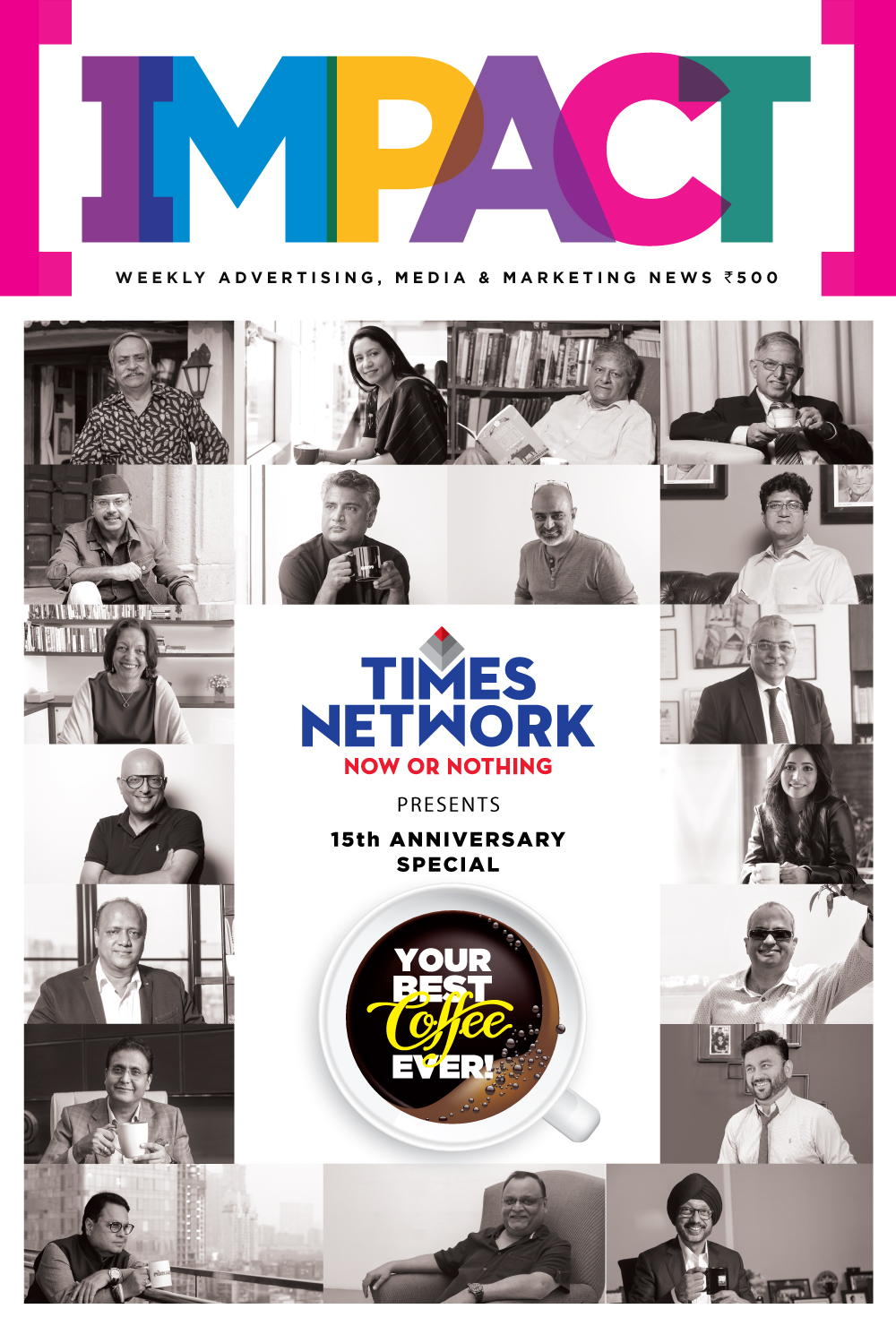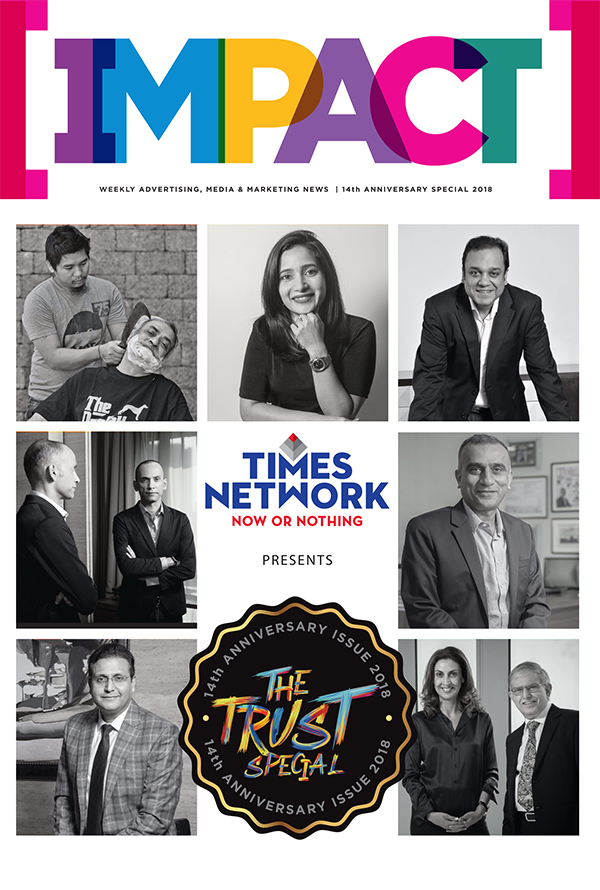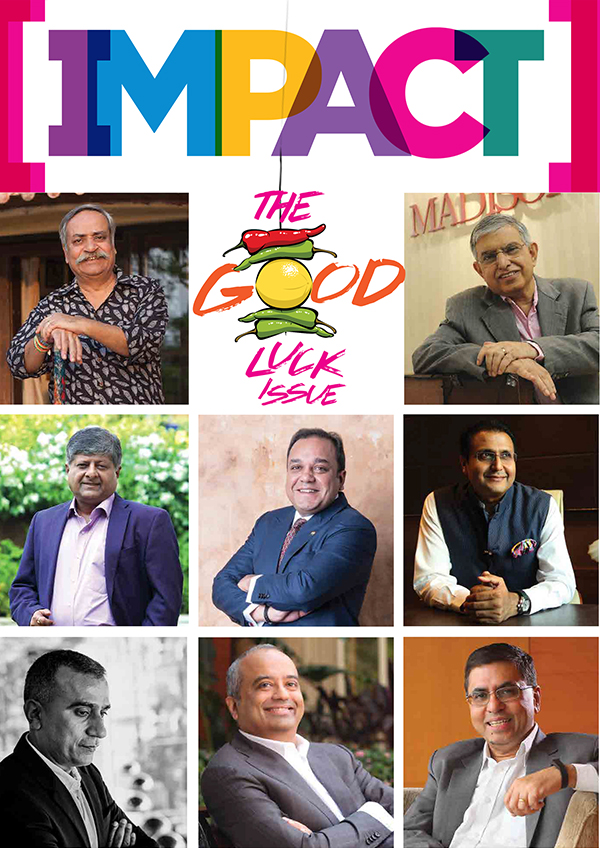“Hurry Up!! Limited Stocks Available” “VIP Access to Special Discounts” “Rush before you Miss out on this Steal Deal,” these words must have created a sense of urgency, a need to click before you miss out! That is exactly what the brands want you to do! It is called playing on your FOMO (Fear of Missing Out) and it is a marketer’s clever trick to cash in fast. In today’s hyper-competitive market, brands aren’t just selling products; they’re engineering desire through FOMO. From Nike’s limited edition sneaker drops to Apple’s pre-order frenzy, scarcity has become a powerful tool to drive consumer obsession.
The trend is now catching on in India, with brands like Kinder Joy and Britannia capitalising on exclusivity. After Kinder Joy’s limited-edition Harry Potter collectibles, Britannia followed suit with its Harry Potter edition Pure Magic biscuits, demonstrating how limited releases not only evoke nostalgia but also create a sense of urgency to purchase before they’re gone. Brands across categories are using FOMO-driven marketing with limited editions, pre-orders, and exclusive collaborations to spark excitement, drive sales, and turn everyday products into must-have collectibles. Let’s unravel the strategies behind the hype and why they work. “FOMO marketing today is more than just creating urgency; it’s about offering genuine exclusivity that adds real value,” explains Mitesh Kothari, Co-founder and Chief Creative Officer, White Rivers Media. Successful campaigns go beyond the hype, leveraging limited editions, early access, and member-only experiences to make scarcity feel meaningful rather than manufactured. The rise of personalisation has further refined this strategy, enabling brands to tailor messaging based on consumer behaviour, making engagement more relevant and impactful. “A well-executed FOMO strategy is structured across multiple channels with each platform playing a role in building anticipation,” he adds. Social media fuels immediacy, email marketing and loyalty programs prioritise existing customers, and influencer collaborations extend reach. Meanwhile, quick commerce has introduced a new layer of urgency in urban markets, where instant availability can sway purchasing decisions. “When aligned with natural consumption patterns, FOMO marketing feels seamless rather than forced,” Kothari elaborates.
“FOMO marketing today is more than just creating urgency; it’s about offering genuine exclusivity that adds real value,” explains Mitesh Kothari, Co-founder and Chief Creative Officer, White Rivers Media. Successful campaigns go beyond the hype, leveraging limited editions, early access, and member-only experiences to make scarcity feel meaningful rather than manufactured. The rise of personalisation has further refined this strategy, enabling brands to tailor messaging based on consumer behaviour, making engagement more relevant and impactful. “A well-executed FOMO strategy is structured across multiple channels with each platform playing a role in building anticipation,” he adds. Social media fuels immediacy, email marketing and loyalty programs prioritise existing customers, and influencer collaborations extend reach. Meanwhile, quick commerce has introduced a new layer of urgency in urban markets, where instant availability can sway purchasing decisions. “When aligned with natural consumption patterns, FOMO marketing feels seamless rather than forced,” Kothari elaborates.
 According to Amyn Ghadiali, Country Head, Gozoop Creative Digital, the success of FOMO marketing relies on three key elements: scarcity, exclusivity, and community hype. “Brands leveraging these tactics build excitement and accelerate conversions within hours,” he explains. Short-form content and real-time updates play a crucial role, with Instagram Stories, WhatsApp broadcasts, and influencer reels creating urgency, while flash deals, countdown timers, and gated access sales reinforce exclusivity. “Digital-first channels remain the backbone of FOMO marketing in India,” he adds.
According to Amyn Ghadiali, Country Head, Gozoop Creative Digital, the success of FOMO marketing relies on three key elements: scarcity, exclusivity, and community hype. “Brands leveraging these tactics build excitement and accelerate conversions within hours,” he explains. Short-form content and real-time updates play a crucial role, with Instagram Stories, WhatsApp broadcasts, and influencer reels creating urgency, while flash deals, countdown timers, and gated access sales reinforce exclusivity. “Digital-first channels remain the backbone of FOMO marketing in India,” he adds.
In a world where consumers crave exclusivity, brands are mastering the psychology of FOMO to drive demand like never before. The frenzy surrounding Kinder Joy’s limited-edition Harry Potter collectibles is a perfect example, as fans rushed to get their hands on the toys before they vanished from the shelves. The campaign’s success was undeniable, doubling sales for the brand and proving that the allure of scarcity and nostalgia can turn even an everyday treat into a must-have collectible. “Kinder Joy’s Harry Potter Funko Toys edition was launched with great enthusiasm and fanfare, generating significant buzz across multiple platforms,” shares Amedeo Aragona, Marketing Head- Kinder, Ferrero India. The campaign leveraged a multi-channel approach, reaching millions of shoppers through TV, digital, OTT, social media, PR, and innovative e-commerce integrations, along with strategic in-store promotions. “The response was extraordinary, surpassing initial expectations in terms of organic reach, consumer engagement, and sales impact,” he says. Over 90% of social media conversations around the new Kinder Joy were organic, with fans eagerly sharing memes, reels, and unboxing videos. The excitement translated into over 500 million organic views within just a few months, fuelled by a self-sustaining wave of user-generated content.
“Kinder Joy’s Harry Potter Funko Toys edition was launched with great enthusiasm and fanfare, generating significant buzz across multiple platforms,” shares Amedeo Aragona, Marketing Head- Kinder, Ferrero India. The campaign leveraged a multi-channel approach, reaching millions of shoppers through TV, digital, OTT, social media, PR, and innovative e-commerce integrations, along with strategic in-store promotions. “The response was extraordinary, surpassing initial expectations in terms of organic reach, consumer engagement, and sales impact,” he says. Over 90% of social media conversations around the new Kinder Joy were organic, with fans eagerly sharing memes, reels, and unboxing videos. The excitement translated into over 500 million organic views within just a few months, fuelled by a self-sustaining wave of user-generated content.

The exclusive partnership with Funko Pop added to the craze, as the collectible toys, designed to function as pencil tops, cable connectors, and bookmarks, became highly sought after. “From a sales perspective, the campaign significantly outperformed category benchmarks. Online searches for Kinder Joy doubled compared to the previous three-year average, and brand sales grew twice as fast as the category itself,” Aragona notes. The campaign also led to a noticeable increase in market share, proving that it wasn’t just a viral moment but a true market disruptor. Most importantly, Aragona highlights how the campaign introduced a new engagement model, leveraging ‘Confluencers’ — real consumers acting as influencers. “Rather than relying solely on traditional influencers, everyday consumers became brand advocates, driving sustained organic virality,” he further adds.
Kinder Joy’s example highlights how a well-executed FOMO strategy can turn a simple product launch into a viral movement, with real consumers driving sustained engagement. However, this playbook of blending nostalgia, exclusivity, and digital amplification isn’t unique to Kinder Joy alone. Britannia, too, has embraced this approach with its Harry Potter edition Pure Magic biscuits. Other brands are also tapping into similar strategies to create buzz and deepen consumer loyalty.

 “FOMO marketing plays a key role in impulse-driven indulgence categories, where excitement and novelty enhance the experience,” says Sidharth Gupta, General Manager, Marketing, Britannia. He explains that the brand leverages this strategy not just to create buzz but to strengthen consumer connections through unique offerings. A prime example is the limited-edition Britannia Pure Magic Choco Frames, where each biscuit is embossed with Hogwarts house logos, Platform 93/4 or even Harry Potter himself, making every pack a delightful surprise. “Harry Potter continues to have a strong fan base, with Millennials cherishing the nostalgia and Gen Z discovering its magic through social media and streaming platforms. This collaboration was a natural fit, appealing to fans across generations and adding to the excitement around the product,” Gupta elaborates.
“FOMO marketing plays a key role in impulse-driven indulgence categories, where excitement and novelty enhance the experience,” says Sidharth Gupta, General Manager, Marketing, Britannia. He explains that the brand leverages this strategy not just to create buzz but to strengthen consumer connections through unique offerings. A prime example is the limited-edition Britannia Pure Magic Choco Frames, where each biscuit is embossed with Hogwarts house logos, Platform 93/4 or even Harry Potter himself, making every pack a delightful surprise. “Harry Potter continues to have a strong fan base, with Millennials cherishing the nostalgia and Gen Z discovering its magic through social media and streaming platforms. This collaboration was a natural fit, appealing to fans across generations and adding to the excitement around the product,” Gupta elaborates.
Gupta emphasises that delivering fresh and exciting experiences has always been at the core of Britannia’s consumer engagement. “Whether it was the Britannia Jim Jam Pops India edition celebrating India’s victory, the festive Britannia Treat packs for Christmas & New Year, or now Pure Magic Choco Frames, these limited editions have allowed us to celebrate special moments with our consumers in a fun and memorable way.”
“FOMO marketing in India has evolved far beyond seasonal discounts, now leaning into hyper-exclusive drops,” says Ghadiali. Brands like Zomato and Swiggy Instamart create urgency with ‘Only 100 left’ alerts, while Myntra’s Early Access sales drive app engagement. Limited-edition launches—such as MOD’s Pookies doughnuts or Tim Hortons India’s Lotus Biscoff specials—transform everyday products into experiences or collectibles.

While highly effective in driving immediate sales, the long-term impact of FOMO marketing depends on how well brands sustain engagement. “Scarcity creates urgency, but loyalty comes from consistent value and emotional connection,” Ghadiali points out. Limited-edition drops may attract first-time buyers, but without a compelling reason to return, they move on. The key is integrating exclusivity with strong communities, personalised experiences, and loyalty programs to maintain engagement beyond the hype. He also highlights the growing relevance of ‘capsule collections,’ which blend short-term excitement with long-term brand building, a strategy that more brands may soon adopt to redefine consumer relationships.
FOMO marketing may turn everyday products into must-have treasures, but it’s essential to remember that true fulfillment doesn’t come from the rush of scarcity or the thrill of exclusivity. While brands may create urgency, it’s the memories, connections, and experiences we cherish that truly matter. As Albus Dumbledore said, “The truth. It is a beautiful and terrible thing, and should therefore be treated with great caution.” Similarly, while the limited edition is tempting, we must impulse buy with caution.












